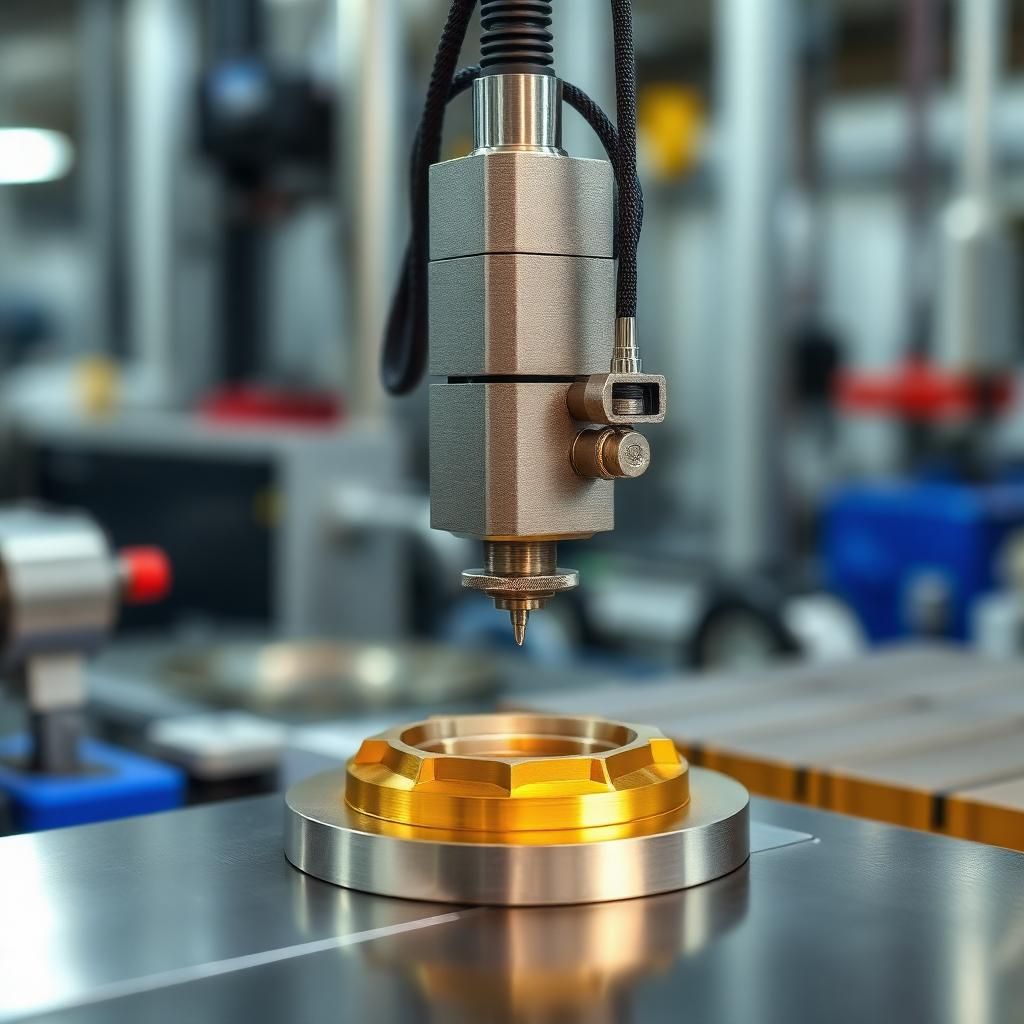Application of Additive Technologies (3D Printing) in Metalworking: A New Era of Manufacturing
Application of Additive Technologies (3D Printing) in Metalworking: A New Era of Manufacturing
Additive technologies, or 3D printing, once seemingly science fiction, are now transforming numerous industries, and metalworking is no exception. From rapid prototyping to the production of complex functional parts, metal 3D printing opens up unprecedented possibilities, complementing and in some cases replacing traditional machining methods.
What are Additive Technologies in Metalworking?
Unlike traditional (subtractive) metalworking, where material is removed to achieve the desired shape, additive technologies build objects layer by layer by adding material. For metals, this typically involves using metal powders and powerful energy sources such as lasers or electron beams that fuse the powder particles together.
Key metal 3D printing methods include:
Selective Laser Sintering/Melting (SLS/SLM): A laser selectively melts or sinters metal powder layer by layer.
Directed Energy Deposition (DED): Metal powder is fed into a focused laser beam that melts it, building up layers.
Binder Jetting: A binding agent is applied to layers of metal powder, forming a green part that is then sintered in a furnace.
Material Extrusion (Bound Metal Deposition): Similar to FDM polymer printing, but uses metal powder mixed with a binder, followed by a sintering step.
Advantages of 3D Printing for Metalworking
The application of additive technologies in metalworking offers several significant benefits:
Complex Geometries and Design Optimization: The ability to create parts with incredibly complex internal structures, such as lattice designs, cooling channels, or hollow forms. This allows for optimization of part weight, improvement of functional characteristics (e.g., heat exchange), and creation of customized products.
Reduced Prototyping Time and Cost: Rapid manufacturing of functional prototypes directly from a 3D model significantly accelerates product development cycles and reduces tooling costs.
Minimization of Material Waste: Unlike subtractive methods where a large portion of material can turn into chips, additive processes generate significantly less waste, which is particularly advantageous when working with expensive and rare metals.
On-Demand Production and Customization: The ability to produce unique or small-batch parts without the need for costly equipment re-tooling. This is ideal for creating specialized tools, medical implants, or spare parts for obsolete equipment.
Part Repair and Restoration: Some additive processes, such as DED, can be used to add material to damaged metal parts, restoring their functionality and extending their lifespan.
Areas of Application
Additive technologies are already actively used in various metalworking sectors:
Aerospace Industry: Production of lightweight, strong, and complex components for aircraft and spacecraft (e.g., turbine blades, brackets).
Medicine: Creation of custom implants (e.g., joint prostheses, cranial plates), surgical instruments, and dental structures.
Automotive Industry: Manufacturing of prototypes, functional parts for sports cars, as well as tools and fixtures.
Energy Sector: Fabrication of components for gas turbines, heat exchangers, and other elements operating in extreme conditions.
Tooling Manufacturing: Creation of molds with integrated cooling channels for injection molding, which reduces cycle time and improves product quality.
Challenges and Future
Despite all its advantages, additive technologies in metalworking face several challenges:
High Cost of Equipment and Materials: Investments in industrial metal 3D printers and specialized powders remain significant.
Production Speed: For large-scale serial production, additive processes can still be slower compared to traditional methods.
Surface Quality and Post-Processing: 3D-printed parts often require additional mechanical machining to achieve the desired surface finish and accuracy.
Standardization and Qualification: The development of industry standards and personnel qualification for working with these complex technologies is still ongoing.
However, continuous research and development, decreasing costs of equipment and materials, and the emergence of new, faster, and more precise printing methods indicate that additive technologies will play an increasingly significant role in the future of metalworking, opening doors for innovation and manufacturing transformation.

